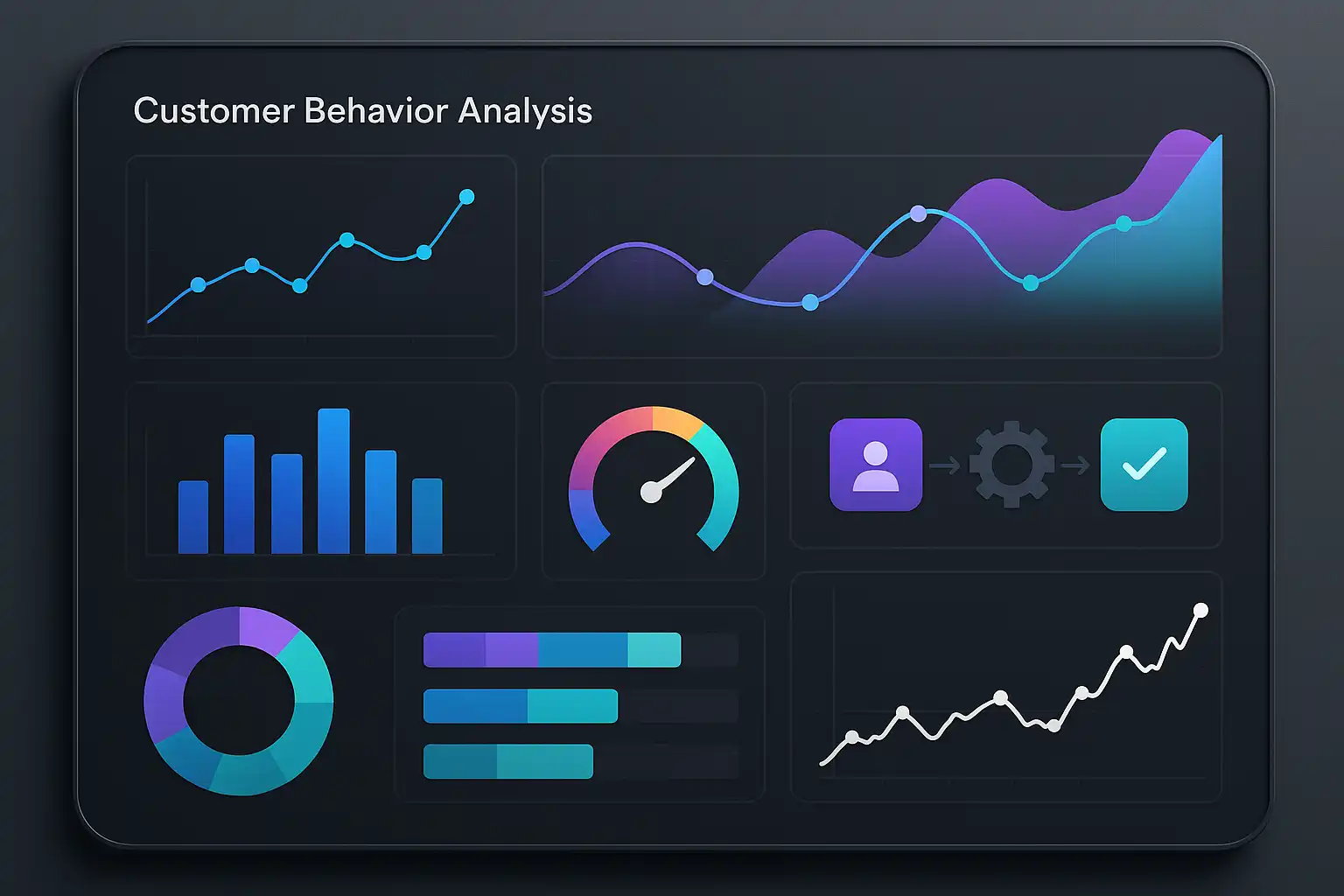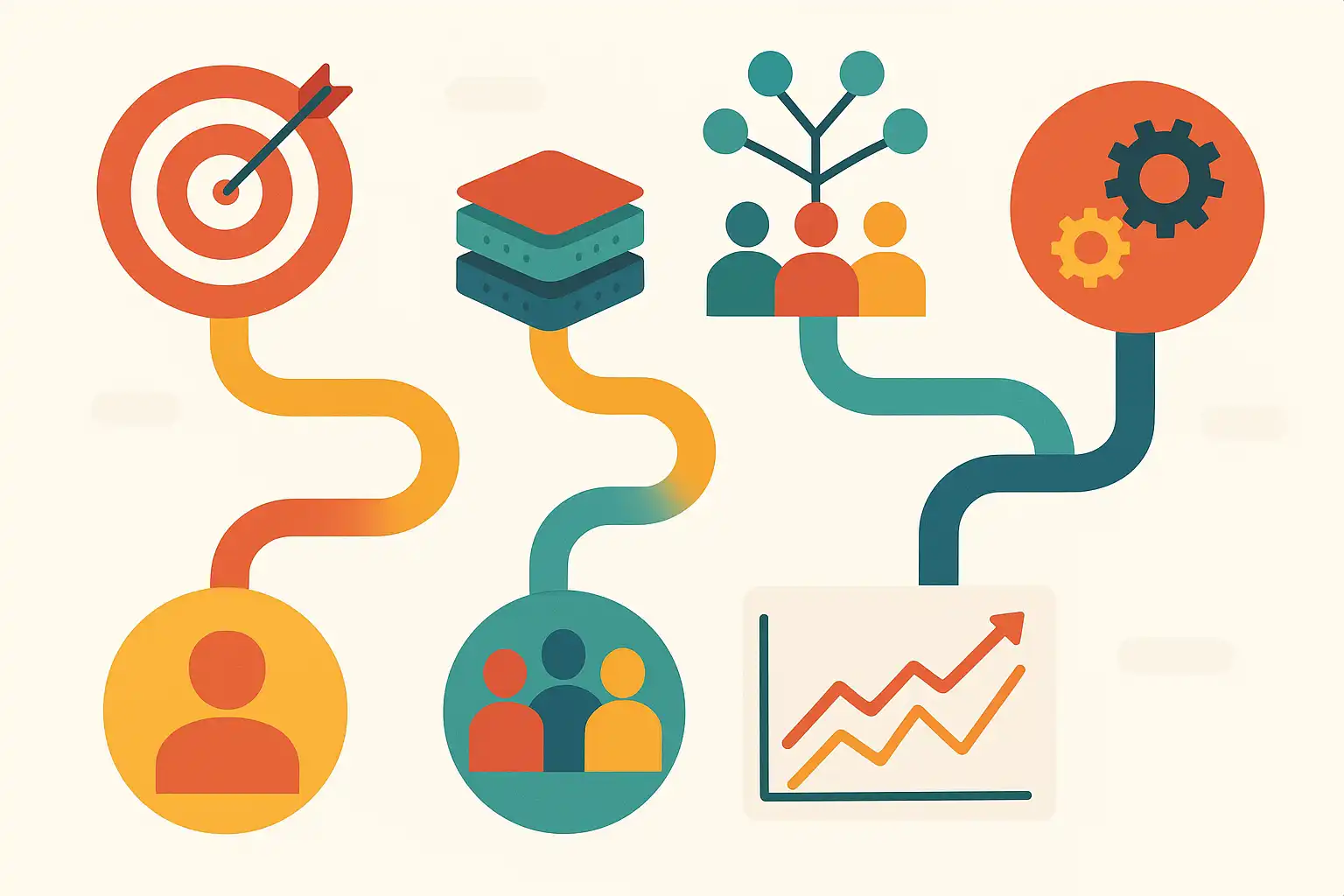
If you want to understand your customers and improve their experience, you might be looking for a clear customer behavior analysis ServiceNow example. In simple terms, customer behavior analysis on ServiceNow means tracking, analyzing, and learning from customers’ interactions to make better decisions. This article gives you a practical ServiceNow example and shows you the best ways to get the most out of your analysis—no jargon, just clear steps and real value.
What Is Customer Behavior Analysis in ServiceNow?
Customer behavior analysis is about understanding how customers use your services, interact with your team, and what they expect next. On ServiceNow, this involves using the platform’s data and tools to spot patterns, see what works, and identify issues. For instance, it means looking at support ticket trends, time to resolution, and what channels customers prefer.
Imagine you run a support center. Each day, hundreds of tickets arrive. Some are solved quickly, others take time. By analyzing these patterns in ServiceNow, you can answer questions like: Which issues cause the most frustration? Who are your happiest customers? Where can you automate to save time? Companies using ServiceNow’s analytics can turn this data into action—reducing delays, boosting satisfaction, and even predicting what customers need before they ask.
How Does a Customer Behavior Analysis ServiceNow Example Work?
Let’s walk through a simple but effective example of customer behavior analysis in ServiceNow. Suppose you want to find out why certain service requests take longer than others to resolve, and what you can do about it. Here’s how you might approach it:
- Data Gathering: Collect data on all service requests over the last six months. Include fields like request type, time to resolution, assigned agent, customer satisfaction (CSAT) score, and communication channel (email, chat, portal).
- Segmentation: Group requests by similar types. For example, separate password resets from software installations or access requests. This helps you compare apples to apples.
- Pattern Analysis: Use ServiceNow’s built-in reporting and dashboard features to look for trends. Do password resets take longer on weekends? Are chat requests resolved faster than emails?
- Insight Discovery: Notice that tickets handled by less experienced agents take 40% longer, or that requests from the mobile portal get higher satisfaction scores.
- Action Plan: Based on these findings, you might assign urgent requests to your most experienced agents, or improve training for new staff. Maybe you encourage more use of the mobile portal. These targeted actions improve future customer behaviors and outcomes.
This simple scenario shows how ServiceNow can bring your customer data together in one place, letting you make smarter, evidence-based decisions.
Why Should You Use Customer Behavior Analysis in ServiceNow?
Using ServiceNow for behavior analysis offers several real benefits:
- Centralized Data: ServiceNow stores tickets, feedback, and interactions in one system, making it easy to analyze.
- Automated Workflows: After analysis, you can set up automations—for example, routing urgent tickets faster or alerting managers about trends.
- Actionable Insights: You don’t just gather data—you get clear, useful advice on how to improve.
- Improved Customer Experience: Happy customers mean fewer complaints, less churn, and more loyalty.
When you use these tools well, behavior analysis becomes more than a report—it becomes a daily way to drive improvement across your service desk or business.
What Are the Key Steps for Effective Behavior Analysis on ServiceNow?
1. Define Clear Goals
Start by knowing what you want to learn. Are you aiming to speed up ticket resolution, boost satisfaction, or reduce the number of repeat issues? Clear goals keep your analysis focused.
2. Gather the Right Data
You need accurate, complete data. Make sure all customer touchpoints—like email, phone, chat, and self-service—are tracked and logged in ServiceNow with enough detail. Missing data leads to weak analysis.
3. Use Segmentation
Not all customers are the same. Split your data by segment—such as VIPs, new users, or customers in different regions. Segmentation reveals hidden patterns and helps tailor your solutions.
4. Apply the Right Tools
Leverage ServiceNow’s reporting dashboards, trend charts, and AI-based suggestions. You can use predictive analytics to anticipate where problems will occur, or where customers might drop off.
5. Act on Insights
Analysis only matters if you take action. Set up workflow automations or process changes based on what you learn. Review and refine your approach over time.

What Are the Best Practices for Customer Behavior Analysis on ServiceNow?
Adopting best practices ensures your analysis is meaningful, secure, and truly helps your team and customers. Here are key tips:
- Maintain Data Quality: Regularly clean your data. Remove duplicates, fix errors, and fill missing values for accurate reports.
- Keep Customers’ Privacy in Mind: Always follow data privacy laws and respect customer consent when analyzing behaviors.
- Make Reports Understandable: Use charts, graphs, and plain language summaries. This helps managers and teams act on the findings quickly.
- Involve the Whole Team: Share insights with agents, managers, and other departments. Cross-team input leads to better solutions.
- Update Regularly: Don’t just analyze once. Set up monthly or quarterly reviews to find new trends and prevent surprises.
Examples of Brands Leveraging Behavior Analysis
Large organizations use ServiceNow for customer insight. For instance, global banks monitor support trends to boost online banking satisfaction. Tech firms track product feedback to spot bugs early. Even public agencies watch self-service portal trends to reduce call center wait times. These examples show that with ServiceNow, companies can spot problems and opportunities quickly.
Comparison: Manual vs. Automated Analysis
- Manual: Reviewing logs by hand is slow and error-prone. Insights may arrive too late to matter.
- Automated: ServiceNow’s dashboards and AI analyze in real time, so you can act fast and even predict future issues.

What Tools and Features Enhance Analysis on ServiceNow?
ServiceNow’s platform comes with several features to make customer behavior analysis efficient and insightful:
- Performance Analytics: Create customized reports, scorecards, and trend lines that update automatically.
- AI-Powered Recommendations: Use machine learning to suggest next steps, such as escalating at-risk tickets or tagging common issues.
- Customer Feedback Integration: Pull in survey results and CSAT scores for a 360-degree view.
- Workflow Automation: Automatically assign tasks, notify managers of rising issues, and escalate based on trends.
For deeper insights, some organizations work with NLP and Computer Vision Experts to extract meaning from unstructured data like chat logs or email comments, further enriching the analysis.
How Can You Measure the Success of Your Analysis?
Success depends on your original goals. Common metrics include:
- Customer Satisfaction (CSAT): Are your scores improving after changes?
- Resolution Time: Has the average time to close a ticket dropped?
- Repeat Issues: Are customers reporting the same problems less often?
- Self-Service Adoption: Are more users solving problems without agent help?
Track these numbers over time, and adjust your analysis or processes as needed. Continuous improvement keeps your team focused on what matters most to customers.
FAQ: Customer Behavior Analysis in ServiceNow
Can small businesses use ServiceNow for behavior analysis?
Yes, ServiceNow is scalable. Even small teams can use its analytics tools, though you might start with the built-in reports and gradually customize as you grow.
Does customer behavior analysis require coding skills?
No coding is required for most ServiceNow analytics. Reporting and dashboards are accessible through user-friendly interfaces. Some advanced customizations may need technical help, but most daily analysis is simple to set up.
How often should behavior analysis be performed?
Regular reviews—such as monthly or quarterly—are best. This lets you catch trends early and adapt quickly if customer needs change.
What’s the biggest mistake to avoid?
The most common error is acting on incomplete or inaccurate data. Always check that your data sources are clean, up-to-date, and comprehensive before making decisions.
